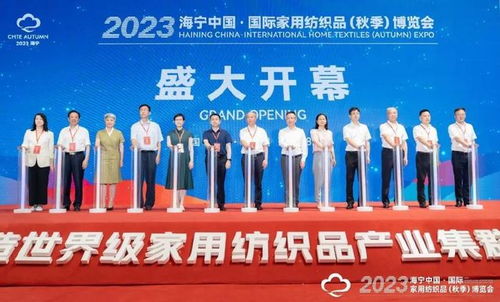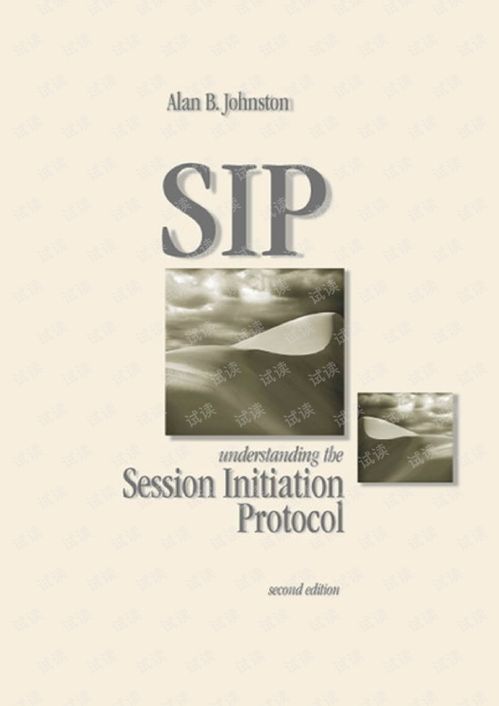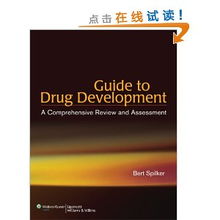What is Textile Retail Price Management?
Textile Retail Price Management refers to the process of setting and adjusting retail prices for textile products in a market economy. This involves balancing supply and demand, ensuring fairness and transparency in pricing, and promoting sustainable development of the textile industry. Textile retail price management is crucial for maintaining market stability, enhancing consumer confidence, and promoting the healthy growth of the textile industry. It also plays a vital role in protecting consumers' interests and ensuring fair competition in the market.
Introduction: In the world of textiles, pricing strategies play a crucial role in shaping consumer behavior and market dynamics. Retail price management refers to the process by which retailers set prices for their products, taking into account various factors such as costs, competition, market trends, and consumer preferences. In this article, we will explore the key elements of textile retail price management and provide an overview of its importance in the industry.
Cost-Based Pricing: One of the most common methods of pricing in the textile industry is cost-based pricing. This approach involves calculating the total cost of producing a product, including raw materials, labor, and overhead expenses, and then setting a markup on that cost. The resulting price is based on the cost of production and reflects the value customers are willing to pay for the product. For example, if a cotton shirt costs $10 to produce, a retailer might charge $15 for it, with $5 being the markup.
Competitive Pricing: Competition plays a significant role in determining retail prices in the textile industry. Retailers need to consider their competitors' prices and adjust their own offerings accordingly. They may offer discounts or promotions to attract customers or maintain market share. For example, a retailer might sell a linen dress at 20% off the regular price to counteract a competitor's discounted sale.

Price Elasticity: Price elasticity refers to how much a product's demand changes when its price changes. Highly elastic products, such as jeans, tend to have more demand than less elastic ones, like handkerchiefs. Retailers need to understand the price elasticity of their products to determine optimal pricing strategies. For instance, if a retailer finds that a particular brand of jeans has low price elasticity, they might choose to keep their prices high to maintain profit margins.
Market Trends: Market trends can significantly impact retail prices in the textile industry. Consumer preferences and economic conditions can influence what consumers are willing to pay for certain products. For example, during economic downturns, consumers may be more price-sensitive and retailers might lower prices to attract customers. Additionally, fashion trends can also affect pricing decisions, as new styles and designs may require higher costs to produce and distribute.
Case Study: Let's take a closer look at the pricing strategy of a leading textile retailer, Zara. Zara operates a fast-fashion business model, whereby it offers a wide range of trendy clothing items at competitive prices. The retailer uses a combination of cost-based pricing and price elasticity analysis to determine its pricing strategy.
Zara's pricing model involves analyzing the cost of producing each item and then setting a markup based on the cost of production. However, Zara also takes into account the price elasticity of its products. For example, if a particular style of dress has high price elasticity, Zara might increase its price slightly to maintain profit margins. Additionally, Zara uses data analytics to track consumer behavior and adjust its pricing accordingly.
Another important aspect of Zara's pricing strategy is its focus on sustainability and ethical sourcing. The retailer prioritizes using sustainable materials and fair trade practices in its supply chain. This not only aligns with consumer preferences but also helps build trust with customers and enhance brand reputation.
Conclusion: Textile retail price management is a complex and dynamic process that requires retailers to consider various factors such as cost, competition, market trends, and consumer preferences. By adopting cost-based pricing, competitive pricing, price elasticity analysis, and other strategies, retailers can effectively manage their pricing and ensure profitability while meeting consumer needs. As the textile industry continues to evolve, retailers must stay ahead of the curve by continuously monitoring market trends and adapting their pricing strategies accordingly.
大家好!今天我们来探讨一下纺织品零售价格管理的重要性及其具体实施方法,在纺织品行业中,价格管理是一项关键策略,它涉及到产品的成本、市场需求以及竞争环境等多个方面,下面我们将通过一个英文案例和表格来详细说明什么是纺织品零售价格管理。
纺织品零售价格管理的定义

纺织品零售价格管理是指通过一系列策略和措施,对纺织品产品的零售价格进行合理规划、控制和监督,以确保其与市场需求和竞争环境相匹配,它涉及到产品定价策略的选择、成本分析、市场需求预测、销售策略制定等多个方面。
纺织品零售价格管理的实施步骤
-
市场调研与分析:需要对市场进行深入调研和分析,了解消费者的需求、竞争对手的产品价格以及行业发展趋势等。
-
成本分析:通过对产品生产过程中的各个环节进行成本分析,确定产品的生产成本,这包括原材料成本、人工成本、制造费用等。
-
制定价格策略:根据市场调研和分析的结果,制定适合产品的价格策略,这可能包括低价策略、中价策略和高价策略等。
-
销售渠道管理:针对不同的销售渠道,制定相应的价格策略和促销活动,线上销售可以采取折扣策略,而线下实体店则可以提供一定的优惠和礼品赠送等。
-
监控与调整:在实施价格管理的过程中,需要定期对产品零售价格进行监控和调整,以确保其与市场需求和竞争环境相匹配,如果发现价格不符合市场需求或竞争环境的变化,需要及时进行调整。
案例说明
以某知名纺织品品牌为例,该品牌在纺织品零售价格管理方面采取了以下措施:

-
市场调研与分析:该品牌对市场进行了深入调研和分析,了解了消费者的需求和竞争对手的产品价格,根据调研结果,该品牌确定了产品的定价策略为中价策略。
-
成本分析:该品牌对产品生产过程中的各个环节进行了详细的成本分析,包括原材料成本、人工成本、制造费用等,通过分析,该品牌发现生产成本相对较高,因此采取了相应的成本控制措施。
-
制定销售策略:该品牌制定了相应的销售策略,包括线上销售和线下实体店销售相结合的方式,针对不同的销售渠道,制定了不同的价格策略和促销活动,线上销售可以采取折扣策略吸引消费者购买;线下实体店则可以提供一定的优惠和礼品赠送等。
英文表格说明
以下是纺织品零售价格管理的英文表格说明:
表格1:纺织品零售价格管理流程图
| 步骤 | 描述 | 具体措施 |
|---|---|---|
| 市场调研与分析 | 对市场进行深入调研和分析 | 包括消费者需求、竞争对手产品价格、行业发展趋势等 |
| 成本分析 | 对产品生产过程中的各个环节进行成本分析 | 包括原材料成本、人工成本、制造费用等 |
| 定价策略制定 | 根据市场调研和分析的结果制定适合产品的定价策略 | 中价策略、低价策略等 |
| 销售渠道管理 | 根据不同的销售渠道制定相应的价格策略和促销活动 | 线上销售结合线下实体店销售等 |
| 监控与调整 | 对产品零售价格进行监控和调整 | 定期对产品零售价格进行监控,发现不符合市场需求或竞争环境的变化及时进行调整 |
纺织品零售价格管理是一项复杂而重要的工作,它涉及到多个方面,包括市场调研与分析、成本分析、定价策略制定、销售渠道管理等,通过实施有效的价格管理策略,可以确保纺织品产品的定价与市场需求和竞争环境相匹配,提高产品的竞争力,促进销售业绩的提升。
Articles related to the knowledge points of this article:
A Comprehensive Guide to Textile Certifications
Discover the Best of Shanghais Trendy Fabrics for Your Needs



